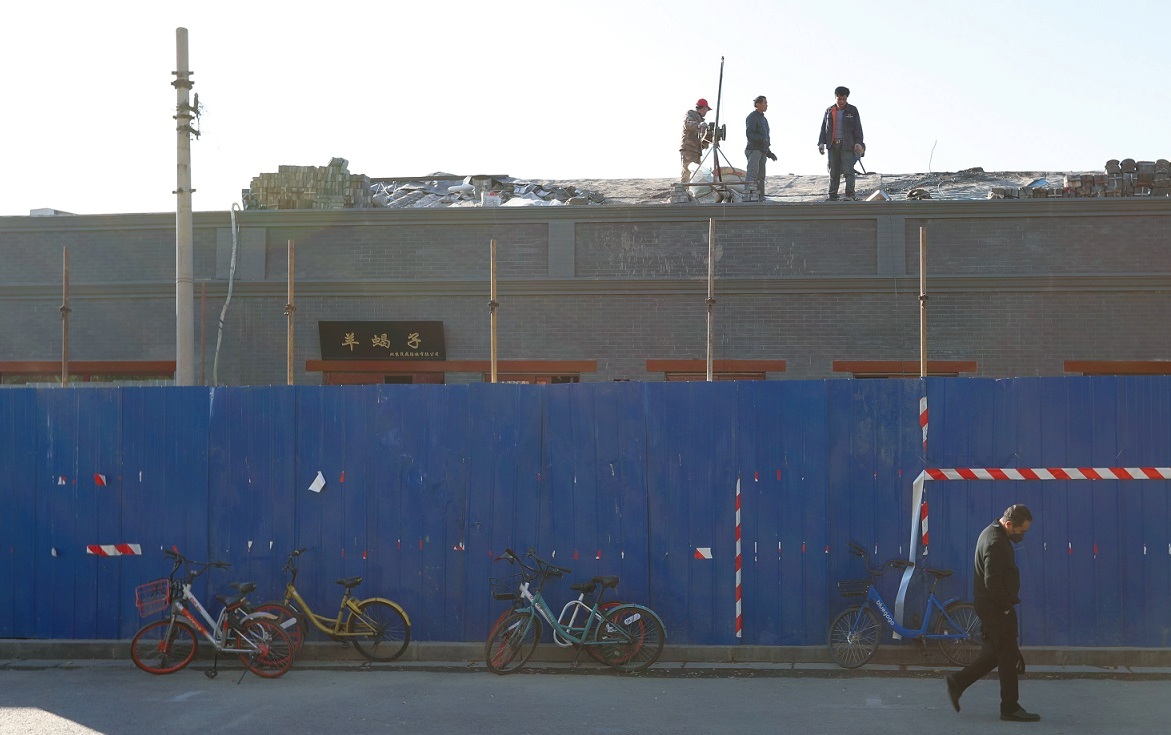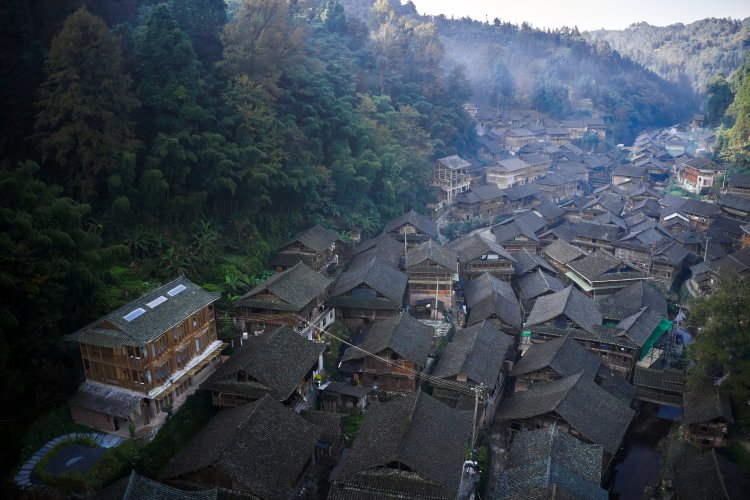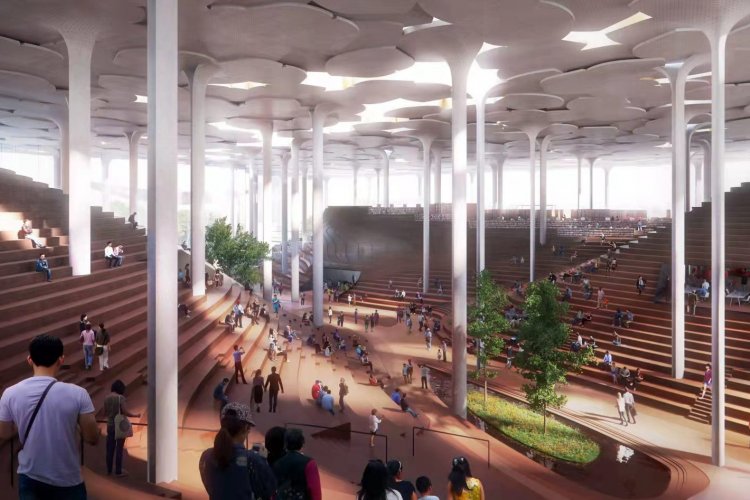Beijing's 'Great Brickening' Encroaches Deeper Into Residential Areas
While “The Brickening” has so far mostly affected commercial properties, including wiping out many well-known and beloved food and beverage institutions, the next phase in Beijing’s ongoing urban rejuvenation will start to affect residents of areas designated as historical and cultural conservation zones. These areas are mostly located within the Second Ring Road north of the Forbidden City.
Relocating city residents is also a key part of the city’s plan for historic conservation. The areas zoned for conservation contain approximately 95,000 households with 285,000 persons making for a population density of about 27,500 people per square kilometer, close to that of Mumbai.
According to the plan, “Population dispersal is one of the objects of the conservation program as well as the crux for implementing the conservation program.” Land designated for residential purposes is set to shrink by about 15 percent. That’s a serious reduction, but nothing compared to the plan’s recommendation to reduce the amount of land for industrial and other uses in the conservation zone by nearly two-thirds. Hence the brickening of your favorite bespoke vermouth bar.
Part of the scheme to reduce the population of Beijing’s urban core is to “rejuvenate” the area by tearing down structures which do not conform to the city’s vision of historic conservation. City planners have divided over 10,000 courtyard residences in the proposed zones into five categories based on population density and “the current condition of the buildings, their traditional style, and their historical and cultural value.”
Nearly 40 percent of courtyard residences in the zone has a population density exceeding seven people per square meter, and the plan calls for “reducing the residential population density … in order to improve living conditions.”
The plan also implies how this might be accomplished. Many of the most densely packed residential courtyards are warrens of newly built structures built over decades. Sometimes these structures were built to give residents more room. Often, these newly built rooms are sublet to economic migrants and others as relatively inexpensive – although spartan – accommodation while their landlords move to more comfortable apartments in the outskirts of the city. Last year, the city took aim at this practice by threatening courtyard leaseholders that this practice could jeopardize their lease.
The conservation plan also specifically targets “poor quality dilapidated housing” and newly constructed buildings deemed incompatible with the historic character of their neighborhoods, leaving open the question of what constitutes “newly constructed” and who has final authority over the historic character of existing structures.
Also proposed are specific traffic restrictions based on the size of hutongs, the expansion of green spaces, and rather specific guidelines regarding the renovation and reconstruction of buildings according to “historic characteristics.”
There is the question of quality. So far, much of the “rejuvenation” of Beijing’s urban core has focused less on restoration or preservation than on constructing reimagined spaces, which can be attractive and functional but which often depart significantly from the actual historic character of the neighborhood.
Many of the methods and materials used in the construction process appear to be haphazard and temporary fixes. For example, while the plan and the accompanying “Technical Guidelines for the Maintenance and Protection of Old Housing” call for wall renovations to be done with traditional gray bricks laid in the traditional manner, most of the “brickwork” being carried out in Dongcheng consists simply of gray tiles slapped onto exterior walls to give the illusion of bricks. The initial effect is an aesthetic upgrade, but walking through the hutongs east of Jiaodaokou you’ll find numerous tiles – some installed as recently as this spring – already falling off of walls and in need of repair. If the goal is to preserve the historic character of the city’s center, it might make sense to use materials which would last years rather than months.
Rosie Levine, who researched Beijing’s architectural heritage while studying for her master’s degree at Peking University, argues that the guidelines ultimately reduce the city’s aesthetic diversity by making buildings and by extension, neighborhoods look increasingly similar.
“For example, if you are in a traditional courtyard house, [the plan] sets the requirements for color, appearance and even mandates that those red and green window grates need to be in place,” says Levine. “Although this plan allegedly calls for preservation of industrial architecture and non-traditional architecture styles, in practice it is a pretty narrow definition of what ‘historical’ looks like.”
Levine points out that the plan has important benefits as well, particularly in regards to substandard housing. “A lot of the illegal structures built in the hutongs were initially constructed as temporary housing. Many of these structures were built after the 1976 Tangshan earthquake and were never intended to be used as long as they were. Because of that, many of these structures were risks to public safety – shoddily built, poorly maintained, and encroaching into the roads and other public space. From a public health and safety standpoint, there is an argument that it is the role of the city to regulate illegal structures.”
“Whether the regulation needed to be as harsh as it was,” adds Levine, “resulting in the displacement of residents and local businesses, is a different question.”
Photos: Uni You








